Fixing Cracks in Rocker Panel for Smooth Running Board Installation: Expert Tips

The rocker panel of a vehicle is a crucial component that reinforces the structure of the car’s body. It is located between the front and rear wheel wells and serves as a barrier between the undercarriage and the side of the car. Over time, due to environmental factors, road debris, and accidents, the rocker panel can develop cracks and damage, which can lead to more significant structural problems. This damage can also cause difficulties when installing running boards. Fortunately, there are expert tips for fixing cracks in rocker panels, which can ensure a smooth and sturdy installation. Fixing cracks in the rocker panel requires specific tools, materials, and techniques. It is essential to choose the right materials for the repair, such as fiberglass or epoxy, to ensure the repair is durable and long-lasting. Additionally, it is vital to use proper techniques to ensure the repair is done correctly, such as filling the crack with the chosen material and sanding it down for a smooth finish. By following these expert tips, fixing cracks in the rocker panel can be a straightforward process, ensuring a safe and secure vehicle structure and a smooth installation of running boards.
Rocker panels are an essential part of any vehicle’s structure, as they provide a foundation for the car’s body. They are located at the bottom of the car, between the front and rear wheels. If the rocker panel is not functioning correctly, it can cause a host of problems, including damage to the car’s frame and difficulty in installing running boards. Running boards are important for several reasons, including providing a safe place to step when entering or exiting the vehicle, improving the car’s appearance, and protecting the car’s paint from damage. Without properly functioning rocker panels, the installation of running boards can be challenging, leading to an unsightly appearance and potentially dangerous conditions for passengers. Therefore, it is crucial to fix any cracks or damage to the rocker panel before attempting to install running boards.
Identifying the Type of Crack
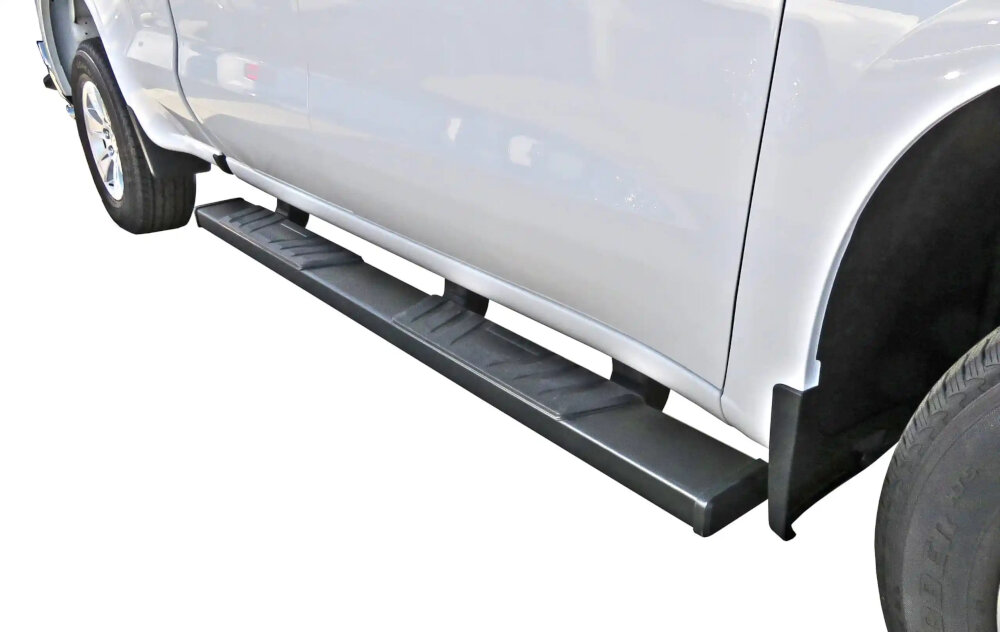
Identifying the type of crack is crucial in fixing cracks in the rocker panel for a smooth running board installation. Different types of cracks require different solutions, and failure to identify the type of crack can lead to a temporary or ineffective repair. One type of crack is the stress crack, which usually occurs due to the pressure exerted on the rocker panel when driving over rough terrain. Stress cracks are usually thin and can be identified by their irregular pattern. Another type of crack is the impact crack, which results from a collision with a hard object. Impact cracks are usually thicker and have a more defined pattern. To identify the type of crack, you need to inspect the rocker panel carefully. Look for the shape and pattern of the crack, as well as its location. Stress cracks are typically found on the lower part of the rocker panel, while impact cracks can occur anywhere along the panel. You can also use a flashlight to examine the crack closely and determine its type. Once you have identified the type of crack, you can proceed with the appropriate repair method. It is important to note that some cracks may require professional repair, especially if they are extensive or have caused significant damage to the rocker panel.
Rocker panels are an essential part of any vehicle as they provide structural support and aesthetic appeal. However, over time, these panels can develop cracks due to various reasons, such as exposure to extreme weather conditions, wear and tear, or accidents. There are different types of cracks that can occur in rocker panels, including stress cracks, fatigue cracks, impact cracks, and corrosion cracks. Stress cracks are caused by the continuous pressure on the panel, while fatigue cracks occur due to repeated stress cycles. Impact cracks happen due to a collision, and corrosion cracks are caused by rust and corrosion. Identifying the type of crack is crucial in determining the proper repair methods and materials needed to fix the issue.
Identifying the type of crack present in your rocker panel is crucial to determine the correct repair method. Hairline cracks are thin and can be hard to detect, but they usually require only a minor repair. Stress cracks, on the other hand, are longer and deeper and typically occur due to excessive force or pressure. These cracks require a more extensive repair approach, such as welding or replacement. Impact cracks are caused by a collision or accident and are often accompanied by dents or deformities. These cracks may require welding or replacement, depending on their severity. By carefully examining the location, length, and shape of the crack, you can determine the appropriate course of action to fix your rocker panel and ensure a smooth running board installation.
Preparing the Area
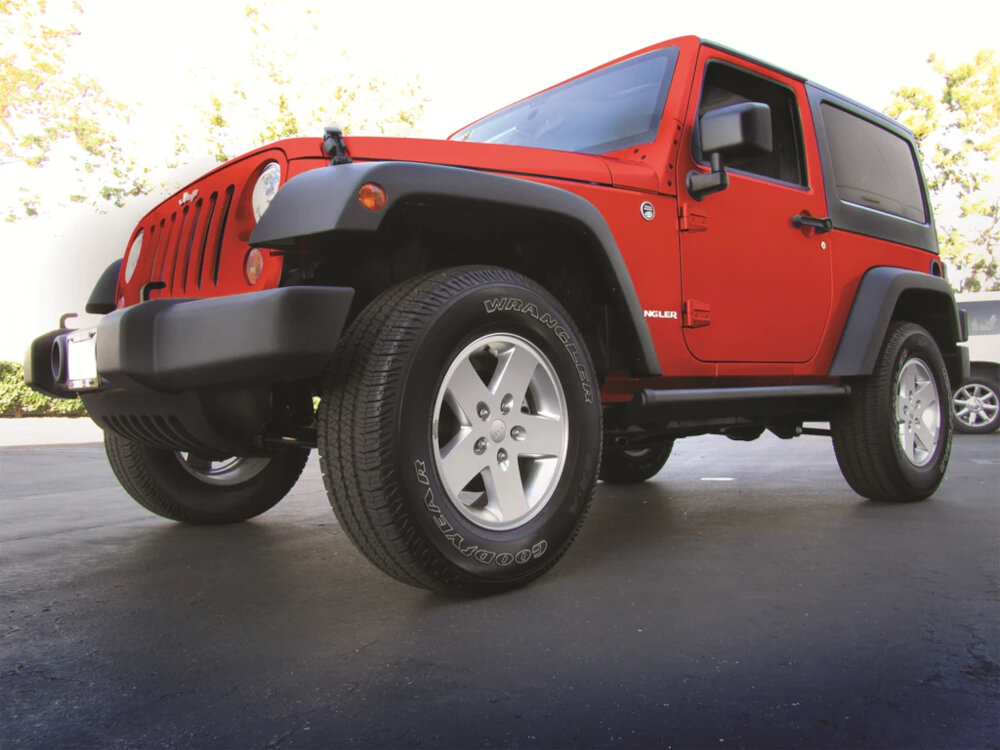
Preparing the area is one of the most important steps when fixing cracks in the rocker panel for a smooth running board installation. Before beginning the repair, it is essential to clean the area thoroughly. This includes removing any dirt, rust, or debris that may be present. A wire brush or sandpaper can be used to remove any loose paint or rust from the surface. This will help ensure that the repair will adhere properly and create a strong bond. After the surface has been cleaned, it is important to wipe it down with a clean cloth to remove any remaining debris. In addition to cleaning the surface, it is also important to protect the surrounding area. This can be done by masking off any areas that do not need to be repaired. This will help prevent any accidental damage to the surrounding paint or surface. Additionally, if the repair requires the use of any chemicals or adhesives, it is important to make sure that the area is well-ventilated to avoid any harmful fumes. By properly preparing the area, the repair process will be much smoother and the end result will be a strong and long-lasting repair.
Before repairing the crack on your rocker panel, there are a few essential steps you need to take to ensure a successful repair. Firstly, clean the area around the crack thoroughly to remove any dirt, grease, or other debris that may interfere with the repair. Next, make sure the crack is dry and devoid of any moisture. Use a hairdryer or leave it for some time to dry completely. Once it is dry, examine the severity of the crack and determine the best repair method, whether it requires welding, patching, or filling. If it’s a larger crack, consider reinforcing the area with additional metal or fiberglass. Lastly, make sure you have all the necessary tools and materials before starting the repair process. By following these steps, you can ensure a long-lasting and effective repair on your rocker panel, providing a smooth running board installation.
Properly preparing the area is paramount when fixing cracks in rocker panels for a smooth running board installation. The importance of preparing the area cannot be overstated as it sets the foundation for the repair process. Thorough preparation ensures that any debris, dirt, or rust is removed, and the surface is clean and dry. This enables the repair material to adhere effectively, reducing the likelihood of future cracks and ensuring the longevity of the repair. Failure to prepare the area can result in the repair material not sticking, which can lead to further damage, increased costs, and a subpar repair job. Therefore, taking the time to prepare the area correctly is essential to achieving a professional and long-lasting repair.
Repairing the Crack
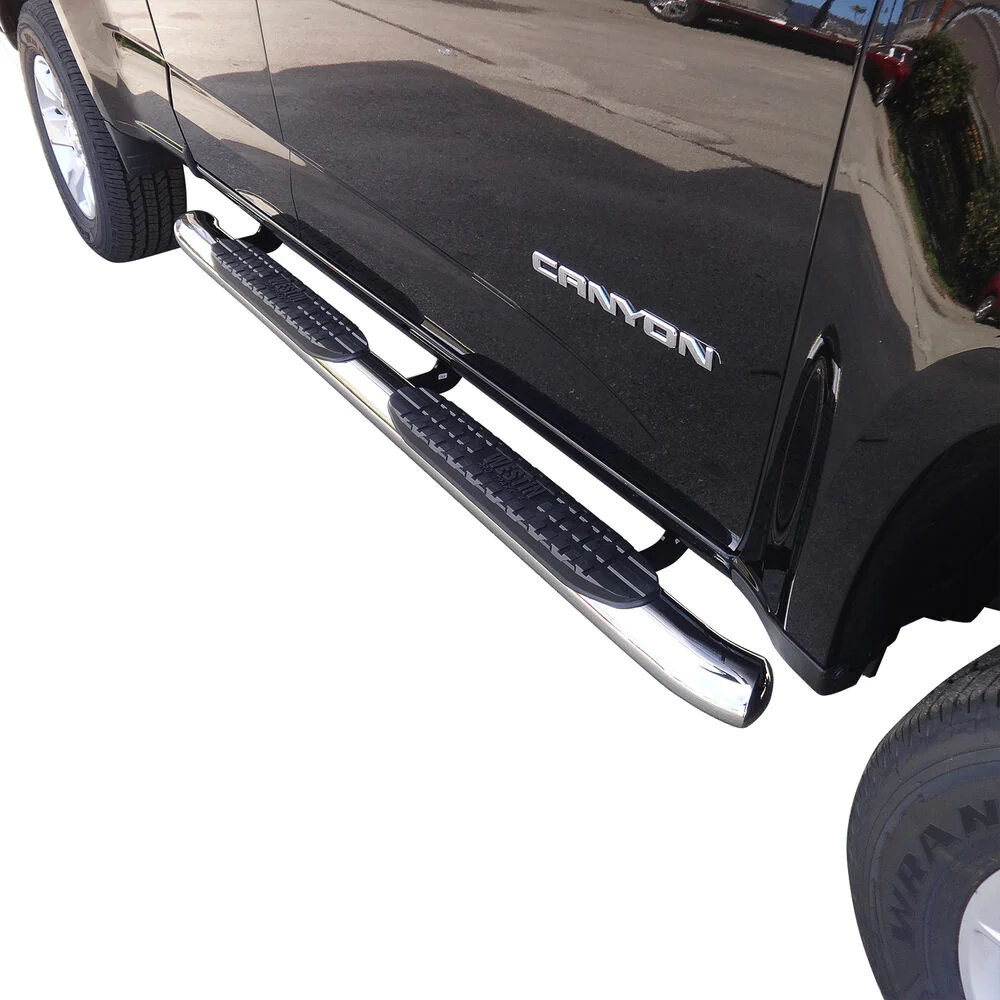
When it comes to fixing cracks in rocker panels, there are several approaches that you can take. One of the most common methods is to use a combination of welding and sealing to repair the damage. This involves welding the crack closed, then sealing it with a high-quality sealant to prevent any further damage from occurring. It’s important to note that this approach requires a certain level of skill and experience, as welding can be a tricky process, especially when dealing with thin metals like those found in rocker panels. Another approach to repairing cracks in rocker panels is to use a specialized epoxy or adhesive. This method is often preferred by those who are less experienced with welding, as it can be easier to apply and doesn’t require any special equipment. However, it’s important to choose the right type of epoxy or adhesive for the job, as not all products are created equal. Some may not be strong enough to hold up to the stresses of regular use, while others may not adhere well to the metal surface. Ultimately, the best approach will depend on the severity of the damage, as well as your own level of skill and experience.
When it comes to repairing a crack in your rocker panel, it’s important to have the right tools and materials on hand to get the job done properly. Firstly, you will need a welder, grinder, and a cutting tool to remove any damaged or rusted areas. Additionally, you will need some sheet metal to patch up the crack, and a metal finishing solution to smooth out any rough edges. It’s important to take your time with this process, as rushing can lead to further damage and an unstable repair. Make sure to clean the area thoroughly before beginning, and use caution when welding to avoid warping the metal. With the right tools and materials, repairing a crack in your rocker panel can be a straightforward and effective way to restore your vehicle’s performance and appearance.
When it comes to repairing cracks in your rocker panel, it’s important to take a careful and methodical approach. First, clean the area around the crack thoroughly to ensure that it is free of debris and contaminants. Next, use a grinding tool to create a V-shaped groove along the length of the crack. This will help provide a solid base for the patch material to adhere to. Once the groove is created, apply a two-part epoxy or fiberglass patch material to the crack, making sure to fill the groove completely. Allow the patch material to dry completely before sanding it down to a smooth finish. Finally, apply a coat of primer and paint to match the color of your vehicle. With these steps, you can repair cracks in your rocker panel and ensure a smooth installation of your running board.
Finishing the Repair
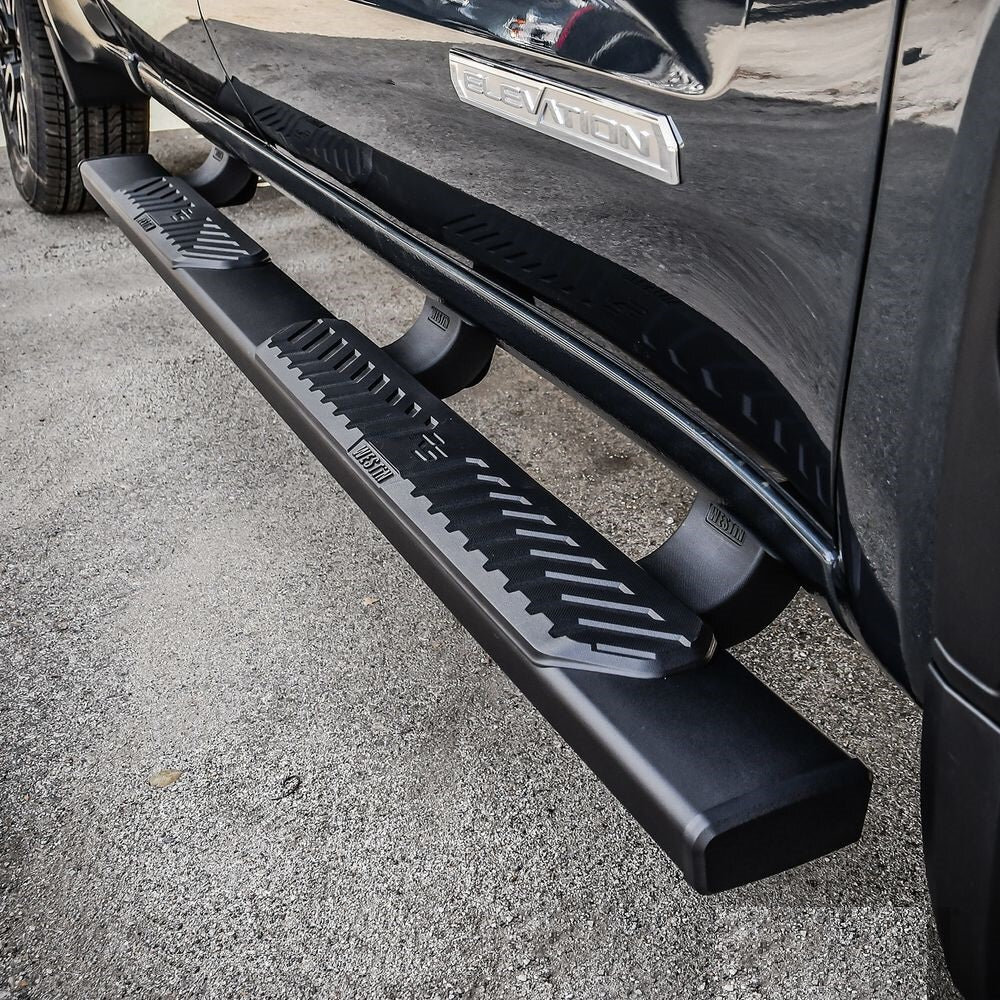
After completing the repair work on the rocker panel, it’s crucial to finish it off properly. The first step in finishing the repair is to sand down any rough edges or excess material left behind after the repair. This will not only make the repair look smoother but also prevent any injuries or damage to the vehicle. Use a fine-grit sandpaper to achieve a smooth finish and blend in the repair with the surrounding area. Once the sanding is complete, clean the area thoroughly to remove any dust or debris. This will ensure that the paint adheres well to the surface. After cleaning the area, it’s time to apply a coat of primer. The primer will help the paint adhere better to the surface and provide an extra layer of protection against rust and corrosion. Apply the primer in thin, even coats, and allow it to dry completely before applying the paint. When choosing the paint, make sure to select a color that matches the original paint of the vehicle. Apply the paint in thin, even coats, and allow it to dry completely before applying another coat. Finally, apply a clear coat to protect the paint and give it a glossy finish. With the repair work complete and properly finished, the vehicle’s rocker panel will be ready for a smooth running board installation, ensuring a safe and comfortable ride.
After repairing the crack on the rocker panel, it is important to take a few steps to ensure the longevity and durability of the repair. First and foremost, it is necessary to thoroughly clean the area around the crack to remove any debris or contaminants that could compromise the repair. Next, it is recommended to apply a layer of primer to the repaired area to provide a better surface for the paint to adhere to. Once the primer has dried, a coat of paint should be applied, matching the color of the car as closely as possible. Finally, it is important to regularly inspect the area to ensure that the repair is holding up and to address any issues that may arise promptly. By following these steps, you can ensure that your rocker panel repair will provide a smooth running board installation for years to come.
When it comes to fixing cracks in the rocker panel for a smooth running board installation, there are a few key tips to keep in mind to ensure a seamless finish. Firstly, make sure to thoroughly clean and prep the area before beginning any repairs to remove any dirt, grime or loose debris. Secondly, use a high-quality filler material that is specifically designed for automotive repairs to ensure a durable and long-lasting fix. Additionally, take your time when applying the filler and sanding it down to create a smooth and even surface. Finally, finish off with a coat of paint or sealant to protect the repair and give it a professional-looking finish. By following these tips, you can achieve a flawless and seamless repair that will provide a solid foundation for your running board installation.
Fixing cracks in rocker panels is a crucial step in ensuring smooth running board installation. Rocker panels provide structural support to the vehicle, and any damage to them can compromise the safety and stability of the car. Moreover, installing running boards over cracked rocker panels can cause misalignments and create an uneven surface. This not only affects the appearance of the car but can also lead to accidents. Therefore, it is essential to properly fix any cracks or damages in the rocker panels before installing running boards. By doing so, you can ensure the longevity and safety of your vehicle and enjoy a smooth and hassle-free driving experience.
In conclusion, fixing cracks in the rocker panel is a crucial task that needs to be done properly to ensure a smooth running board installation. It is important to inspect the extent of the damage and choose the appropriate repair method. Welding is the most effective method for severe cracks, but for minor ones, epoxy or fiberglass can be used. Always remember to clean and prepare the area properly before applying any repair material. It is also advisable to seek professional assistance if you are unsure of the repair process. Following these expert tips will guarantee a long-lasting and sturdy repair that will keep your running boards in top condition for years to come.
Conclusion
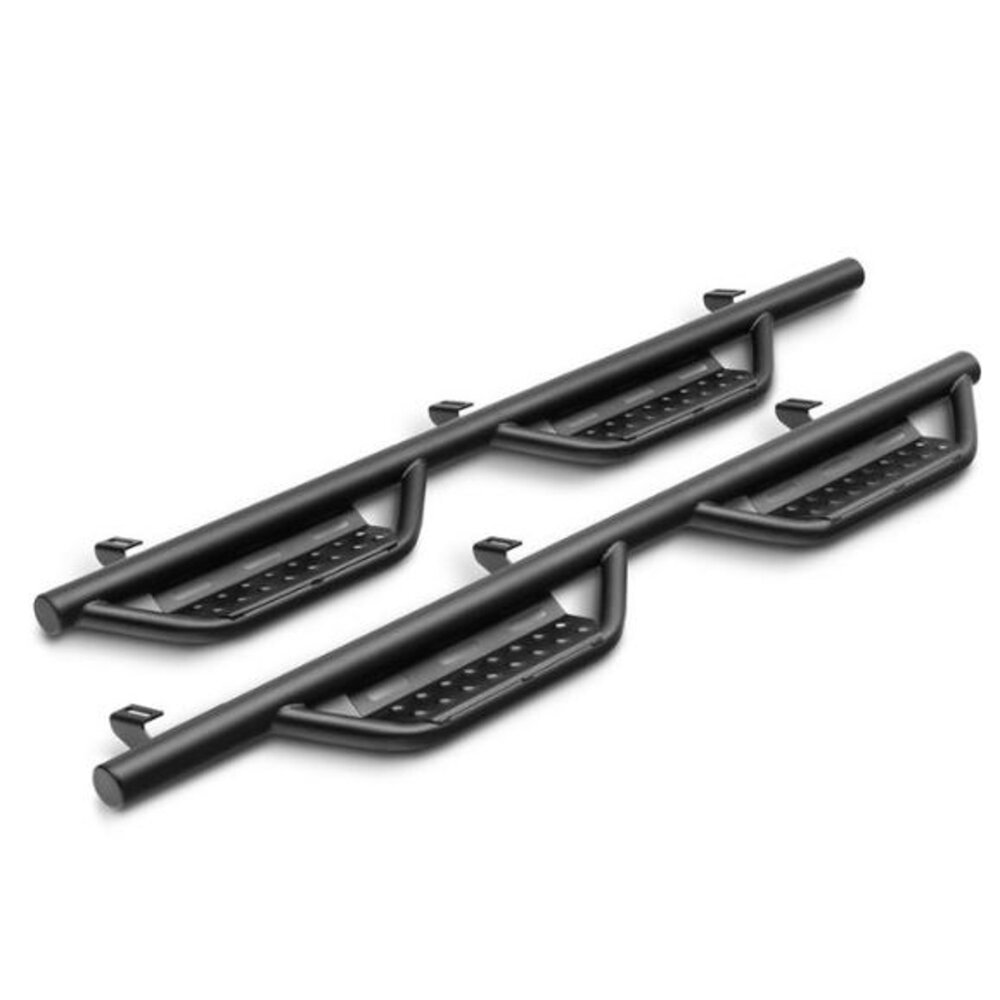
In conclusion, fixing cracks in the rocker panel is an essential step to ensure a smooth running board installation. As an expert in the field, I recommend using high-quality materials and proper tools to complete the task effectively. It is also crucial to pay attention to the details and take your time to avoid any mistakes. By following these expert tips, you can restore the rocker panel’s integrity and improve your vehicle’s overall appearance and functionality. Remember, a well-maintained vehicle not only looks good but also ensures your safety on the road. So, don’t hesitate to take the necessary steps to fix any cracks and enhance your driving experience.

